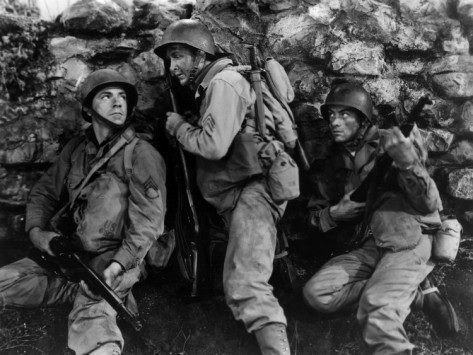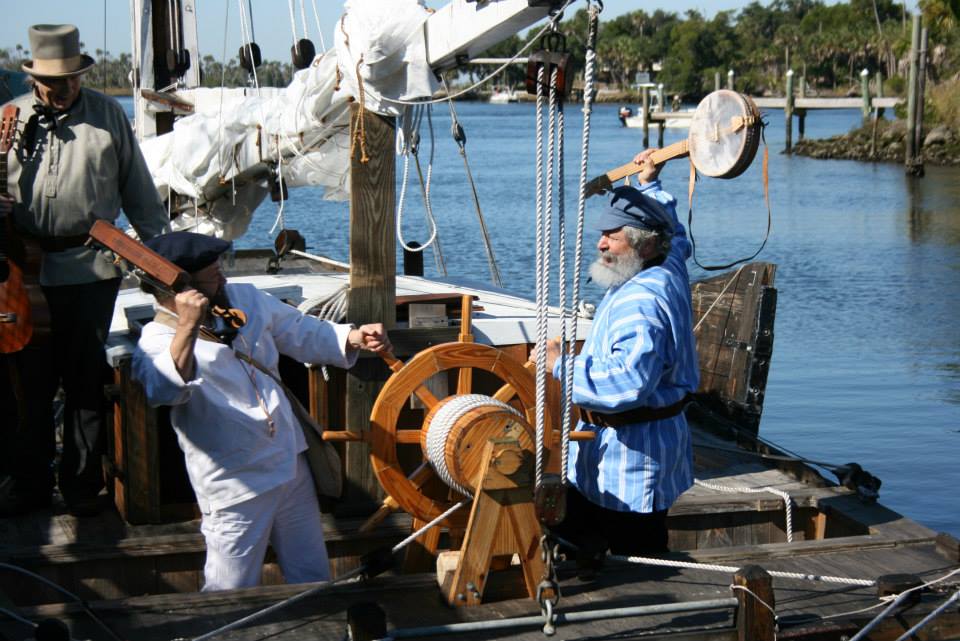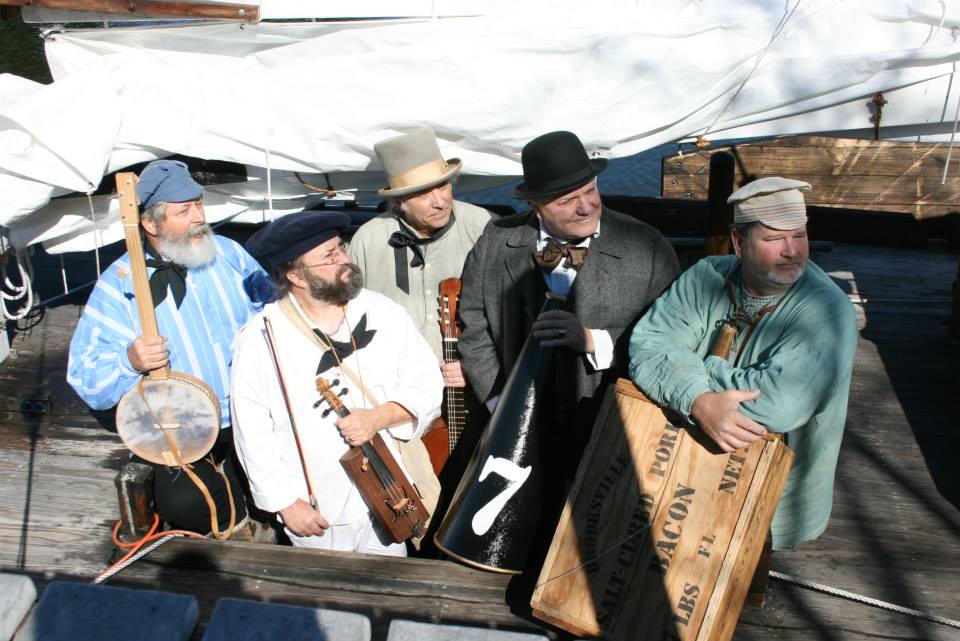The notes may be a little clunky toward the end...but here goes.
We begin today with the New Covenant in Christ. Dr. Morecraft mainly utilized Jeremiah 31:31f, Ezekiel 36:22f, and Hebrews 8:8f for his exposition. And II Corinthians 3:1-18 which was covered first to point out the glory of the New Covenant.
As Paul deals with this contrast in covenants, it is important to notice that the very same law that was written in stone at Mt. Sinai is written in our hearts in the New Covenant. The New Covenant, in other words, does not abrogate the Law of the older covenants. (817)
What Paul does NOT mean by these phrases is that the Old Testament law is evil or death-producing (Rom. 7:10f; 10:5; Gal. 3:12; Lev. 18:5; Prov. 4:4). (817)
“The distinction here, then, between the letter and the spirit indicates the difference between the law as externally written at Sinai on tablets of stone and the same law as written internally in the heart of the Christian believer.” 171. Hughes, Paul’s Second Epistle to the Corinthians, 100. (818)
"The letter kills in that it causes us to sin knowingly; ...but the spirit gives life in that it causes us to fulfill what is commanded....Let the spirit be added therefore to the letter, and the letter to which the Spirit gives life no longer kills." 172. [Hervetius] Quoted in Hughes, Paul’s Second Epistle to the Corinthians, 102. (818)
"By the ministration of death he means the law.… And mark too what great caution he uses in the comparison, so as to give no handle to the heretics; for he did not say, “which causeth death,” but “the ministration of death”; for that which caused death was sin; but the law brought in the punishment and showed the sin: it did not cause it. For it more distinctly revealed the evil, and punished it: it did not impel unto the evil; and it did not minister to the existence of sin or death, but to the suffering of retribution by the sinner—so that in this way it was even destructive of sin." 177. [Chrysostom] Quoted in Hughes, Paul’s Second Epistle to the Corinthians, 102. (819-820)
The Law is a “ministry of condemnation” because of man’s lawbreaking. Such a phrase exalts the sanctity and authority of the Law. On the other hand, the Gospel is a “ministry of righteousness,” i.e., of law-keeping, thus making clear that the Gospel is not lawless. (820)
That which was fading is not the law, but the glory which accompanied it; Paul brings this out in order to magnify the contrasting glory of Christ’s gospel which is without interruption throughout eternity. In honor of the gospel Paul did not find it necessary to discredit the law. 181Bahnsen, Theonomy in Christian Ethics, 224. (820-821)
Moses’ veil was symbolic of rebellion and unbelief which “veiled” the hearts of Israelites from the true vision of the glory of God (2 Cor. 4:3f). ...Now it is only through faith in Jesus Christ that the blinding veil is removed so that a person can properly understand the Old Testament and fully appreciate the New Covenant. ...Notice that when we return to the Lord Jesus, the veil, not the law, is taken away. (821)
Having turned to Christ, the “unveiled” believer enjoys God’s sanctifying glory without intermission or interruption until it is revealed to us in all its fulness (Rom. 8:18). (822)
The older covenants make us expect that the New Covenant will present us with no different covenantal and moral order... (822)
"Now, as to the new covenant, it is not so called, because it is contrary to the first covenant; for God is never inconsistent with himself, nor is he unlike himself. He then who once made a covenant with his chosen people, had not changed his purpose, as though he had forgotten his faithfulness. It then follows, that the first covenant was inviolable; besides, he had already made his covenant with Abraham, and the Law was a confirmation of that covenant. As then the Law
depended on that covenant which God made with his servant Abraham, it follows that God could never have made a new, that is, a contrary as a different covenant. God in the Gospel brings forward nothing but what the Law contains. We hence see that God has so spoken from the beginning, that he has not changed, no not a syllable, with regard to the substance of the doctrine. For he has included in the Law the rule of a perfect life, and has also shewn what is the way of salvation, and by types and figures led the people to Christ." 186. John Calvin, Calvin’s Commentaries on the Book of the Prophet Jeremiah, trans. by Rev. John Owen, 4 vols. (Grand Rapids, MI: Baker Book House, 1979),
4:126 (823)
1) Participants
The same participants: the LORD God and His covenant people in Christ in a continued line of generations (Gal. 3:28–29). (823)
His people are “the House of Israel and the House of Judah,” i.e., the covenantal and organic “seed” of Abraham, that is, those who belong to Christ by faith, regardless of ethnic origin (Gal. 3:28–29). (824)
3) The same Christ
4) The same Faith
5) The same Comprehensive Blessing
6) The same Law
7) The same Church
8) The same Goal
...the constitution of God’s people as a “kingdom of priests” and a “holy nation” (Ex. 19:5f; 1 Pet. 2:9). (825)
10) The same Foundation
11) The same Operating Principles
“Grace is the foundation, and holiness the character, of all covenant relationships with God.” 187 Bahnsen, Theonomy in Christian Ethics, 187 (825)
...the differences between the testaments CANNOT be defined in the following terms: a change in the method of justification, or in the method of sanctification, or in the nature of divine blessing, or in the orientation from earth to heaven, or in the orientation from victory to defeat. (826)
[1] The difference between incomplete and complete. The Old Testament never was intended to be permanent and close-ended (Gal. 3:24). (826)
[2] The difference between limited and universal. In the Old Testament the covenant blessings were largely, though not totally, confined to one group of people (the remnant)—now those blessings embrace people from all over the world, both Jews and Gentiles (Eph. 2:15–19; Isa. 66:22–24). (826)
[3] The difference between sufficient and abundant. The difference between the Old Testament and the New Testament is one of degree, not content (2 Cor. 3:1–18). (826)
[4] The difference between good and better. ...(1) Under the New Covenant the gospel gives that righteousness in Christ which the Law demands (Rom. 1:16f)....(2) The New Covenant internalizes the law, giving us the motive and ability to obey God (Heb. 8:10). (3) The New Covenant is personally and perfectly administered by Jesus Christ (Heb. 7:22f). (827)
[5] The difference between ornate and simple. In the Old Testament God’s covenant was administered by promises, prophecies,sacrifices, symbols, circumcision, rituals, feasts and a large variety of types and ordinances pointing to Jesus Christ, and fully realized in Him (Heb. 1:1f). In the New Testament the manner in which
God’s covenant is administered is simpler, clearer, fuller and more powerful (Heb. 1:2; Jer. 31:33; Heb. 12:22f), most particularly, through the preaching of the Word of God and the administration of the sacraments of baptism and the Lord’s Supper. (827-828)
[6] The difference between shadow and reality. The Old Testament prefigures the New Testament. It represents in rites and ceremonies that which the New Testament fulfills in reality (Col. 2:17; Heb. 8:5; 10:1). (828)
[7] The difference between prophecy and fulfillment. A definite correspondence exists between what the Old Testament prophets said and the life of Jesus Christ. (829)
The first promise of the New Covenant is the return of Israel to the promised Land: “‘For, behold, days are coming’, declares the LORD, ‘when I will restore the fortunes of My people Israel and Judah.’ The LORD says, ‘I will also bring them back to the land that I gave to their forefathers, and they shall possess it.’” (Jer.30:3). ...when God’s people are back in God’s pasture (1) they will be fruitful and increase, in fulfillment of the Abrahamic Covenant; (2) they will be governed and provided for by the Good Shepherd Himself, the Messiah...; (3) they will be safe and secure under the Messiah’s care; and (4) the promised land will be theirs to enjoy on which they can build a God-honoring civilization. (830)
In the light of the fact that believers in Jesus, both Jews and Gentiles, comprise the true Israel (Gal. 3:28–29; Phil. 3:3), this promise ultimately points to the penitent-believing return of God’s people throughout the nations of the earth to God and to covenant life and blessing. Wherever Christ is, there is Canaan. (831)
The second promise of the New Covenant is the full restoration of God’s covenantal blessing upon God’s people...As God’s elect “return” to God in Christ, they, their families, their communities and eventually the whole earth will be restored to health, righteousness, peace and prosperity under God’s blessing. (832)
The third promise of the New Covenant is the divine fulfillment of all covenant promises... (834)
The fourth promise of the New Covenant is the renewal of the heart by the Holy Spirit and the internalization of God’s Law...(1) God gives His people a new heart that is responsive to God, replacing the old hard, depraved heart, that was unresponsive to Him. (2) God places His own Holy Spirit within our new hearts to motivate and enable us to obey His revealed will, to strengthen and encourage us in obedience and repentance. (3) God writes His Law on our new hearts, giving us a love for it, along with a desire and ability to obey it with joy and thanksgiving.
(835-836)
The fifth promise of the New Covenant is the enjoyment of God by His people in intimate and eternal union and communion with Him... (836)
The sixth promise of the New Covenant is the full forgiveness of sins... (837)
The seventh promise of the New Covenant is the overwhelming success of Gospel preaching in the global enjoyment of the knowledge of God... (838)
The eighth promise of the New Covenant is the union of Israel and Judah...The hallmark of the New Covenant will be the great unity of all God’s people in the earth regardless of ethnic, social or racial origin (Gal. 3:28). (840)
First, Jesus’ birth and the New Covenant, (Matt. 1:21; Luke 1:32f, 54f, 68–79). From His birth Jesus is described as the one who would fulfill and consummate the promises of God’s covenant with Israel. (840)
Second, Jesus’ earthly life and the New Covenant....Jesus continually made claims concerning Himself, as the Covenant Lord (John 6:35; 8:12; 10:7, 11; 11:25; 14:6; 15:1), which as the God of Abraham incarnate, were claims of Deity. (840)
Third, Jesus’ teaching and the New Covenant. (841)
[1] The seed of Abraham: “do not suppose that you can say to yourselves, ‘We have Abraham for our father’; for I say to you, that God is able from these stones to raise up children to Abraham” (Matt. 3:9). (842)
[2] The blood of the New Covenant: Matthew 26:28, Mark 14:24 and Luke 22:20 place Christ’s messianic mission and work in the light of God’s covenant. (842)
[3] The identity of God’s people: “And she will bear a Son; and you shall call His name Jesus, for it is He who will save HIS PEOPLE from their sins” (Matt. 1:21). ...Phrases, such as “His people,” take on a new meaning in the teaching of Jesus. ...They are those who share in Christ’s promised remission of sins and whose hearts
have been renewed by the Holy Spirit in fulfillment of the New Covenant (Jer. 31:31f). (843)
[4] The permanency of God’s covenant in spite of Israel’s apostasy... (843)
[5] The significance of Abraham... (843)
[6] The “Abraham-sayings”: All of the “Abraham-sayings” in the teaching of Jesus relate to God’s covenant by bringing out specific covenantal provisions or by rebuking men for perverted views of the covenant. Notice how Jesus stands ready to apply the provisions of the covenant. (844)
Fourth, Jesus’ death and the New Covenant. ... Jesus is the “guarantee” and “mediator of the new covenant,” who, by substituting Himself in the place of covenant-violators deserving covenant curses, suffered and died to remove those curses and to activate the covenant blessings. (846)
Fifth, Jesus’ resurrection and the New Covenant....(1) The New Covenant is based on the “once-for-all” sacrifice of Jesus on Calvary. (2) The New Covenant is perfectly and eternally applied and administered by the resurrected Christ, who, because of His endless priesthood and endless life, is “able to save forever those who draw near to God through Him, since He always lives to make intercession for them” (Heb. 7:25). (846)
Sixth, Jesus’ second coming and the New Covenant....Christ will come again, personally and visibly, to earth to bring to a glorious climax the effects and promises of God’s covenant, perfectly and eternally fulfilling all its marvelous provisions. (846)
A covenant is (1) a bond of friendship (Gen. 17:7), (2) involving the “cutting into pieces” of an animal (Gen. 15:9f; Jer. 34:18), and (3) eating a covenant meal which the participants shared as covenant brothers (Gen. 31:44f). (848)
(1) Not only was the initiative with God in the establishing of this covenant, but the whole covenant is God’s covenant. This covenant is graciously and sovereignly imposed upon Noah, who himself makes no bargaining in its terms. (2) This covenant is made with Noah as a representative man and not merely as an
individual. He represents his entire family. (3) The terms of this covenant were stated in the form of a promise (Gen. 9:11). (4) There was a witness and sign that the covenant would be kept, i.e., the rainbow (Genesis 9:12–16). Therefore, we learn from this first appearance of the word “covenant” (berith), in the Bible, that God’s covenant is a covenant of unearned and unmerited grace, which God freely bestows upon His servants, and not given to them as a deserved reward for correct services rendered. (848)
The second covenant explicitly described as such in the Bible is between God and Abraham in Genesis 15:18. (848)
It is important to note that only God passed between the pieces, not Abraham. God is taking upon Himself all the obligations of this covenant, emphasizing, as He did in the covenant with Noah, that His covenant is a covenant of “promise,” a covenant of grace, not a covenant of merit. (849)
Once again the initiative is with the Lord, who sovereignly called Moses to Him in the mountain. (850)
FIRST, the covenant was “cut” with the whole people, all the families of the people of God (Deut. 5:2 and 29:15). (850)
SECOND, God binds the people to Himself as their King and Lawgiver, as well as Savior. God’s covenant is “sovereignly administered,” in that He determines the terms and the participants of His covenant and undertakes the responsibility for its continuance. (851)
THIRD, the people are sprinkled by Moses with sacrificial blood, called “the blood of the covenant,” teaching us that a covenant is “a bond in blood.” (851)
FOURTH, the people are commanded to obey the revealed Law of their Covenant Lord and Savior (Ex. 20:1–2). (852)
The New Testament interprets the death of Christ in terms of the “pledge-to-death” ritual in the inauguration of the Abrahamic Covenant. (853)
Death was inseparably related to the Old Testament covenants (Gen. 15:8; Ex. 24:8; Deut. 28:26; etc). (854)
So then, Christ’s death, at one and the same time, perfectly removed the curse of the Old Testament from God’s people, and activated the blessings of the New
Covenant. (854)
[God] "assumes to Himself the full responsibility for seeing that every promise of the covenant shall be realized. It is not that Abraham had no obligations in the covenant relation....The pleading voice of the patriarch had urged: “How can I
KNOW? How can I be sure?” The solemn ceremony of covenantal self-malediction provides the Lord’s reply: “I promise. I solemnly commit Myself as Almighty God. Death may be necessary. But the promises of the covenant shall be fulfilled.” In Jesus Christ, God fulfills His promise. In Him, God is with us. He offers His own body and His own blood as victim of the covenantal curses. His flesh is torn that
God’s word to the patriarch might be fulfilled. Now He offers Himself to you. He says: “Take, eat; this is My body. This is My blood of the covenant shed for many. Drink, all of you, of it.” " 233 Robertson, The Christ of the Covenants, 128. (855)
So then, what is God’s covenant revealed in the Bible? It is that eternal bond of intimate friendship between God and His people which God has graciously and sovereignly established on the redemptive work of Jesus Christ. This friendship is entered by faith and repentance, which are gifts of God, and that manifest themselves in obedience to Biblical Law motivated by gratitude for the promise of the gospel. In this covenant God brings His people into a communion of life with Himself, and gives to them a sovereignly dictated order for life, in which He promises gracious blessings upon faithfulness to Him and curses upon unfaithfulness to Him. These promises and claims He seals in His people by the sacraments. The goal of God in His covenant is His own glory adored by a world filled with godly families, who live as a kingdom of priests and a holy nation, down through thousands of generations of those who love Him. (855-856)
The Covenant of Works was the first covenant God made with man in history, and the Covenant of Grace was the second. The Covenant of Redemption was made in the Godhead before creation and before human history. ...First, the Covenant of Grace is God’s remedy to man’s failure in the Covenant of Works. ...Second, the Covenant is one of Grace to us, because it is one of Works to Jesus Christ. ...Jesus Christ, the Last Adam, fully completed all the terms of the Covenant of Works, meriting salvation for His people by His life of perfect obedience and His sacrificial death paying the full penalty of sin. Third, the Covenant of Works is also a Covenant of Grace, and therefore, is one phase of God’s covenantal dealings with human beings. (856-857)
God’s grace is more clearly and abundantly manifested in the “second” covenant, commonly called the Covenant of Grace. It is richly displayed in its provisions, offers, requirements, promises and Divine works. (857)
...it was an act of sheer grace for the God against whom man had sinned to allow for and to provide a Mediator, who would pay man’s debt of eternal condemnation to God, thereby redeeming him from his sins, purchasing eternal life and salvation, and reconciling him to God (Mark 10:45). (858)
In the present administration of God’s Covenant, God holds out a free and unrestricted offer of life and salvation by Christ to all sinners universally and indiscriminately. (858)
Faith in Christ alone is the one essential, instrumental condition for receiving life and salvation from God: “knowing that a man is not justified by the works of the Law but through faith in Christ Jesus, even we have believed in Christ Jesus, that we may be justified by faith in Christ, and not by the works of the Law; since by the
works of the Law shall no flesh be justified” (Gal. 2:16). Faith in Christ does not merit life and salvation, nor does it accomplish it, but rather, it is the means without which life and salvation cannot be received. (860)
There! I did it!! I finished Chapter 11!
Are you excited for Chapter 12: The Promise and Work of the Holy Spirit?
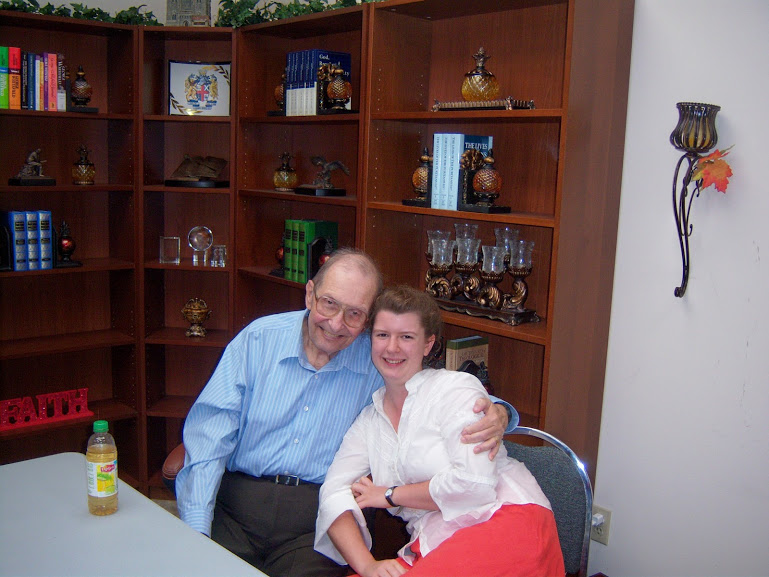


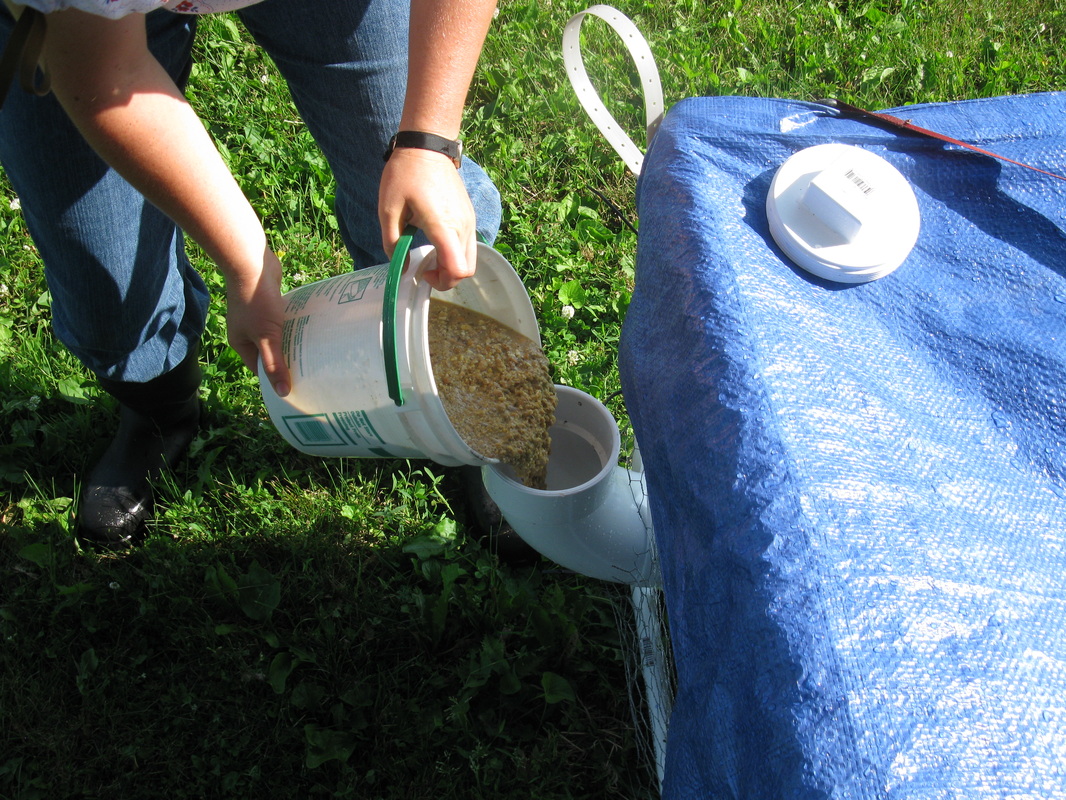

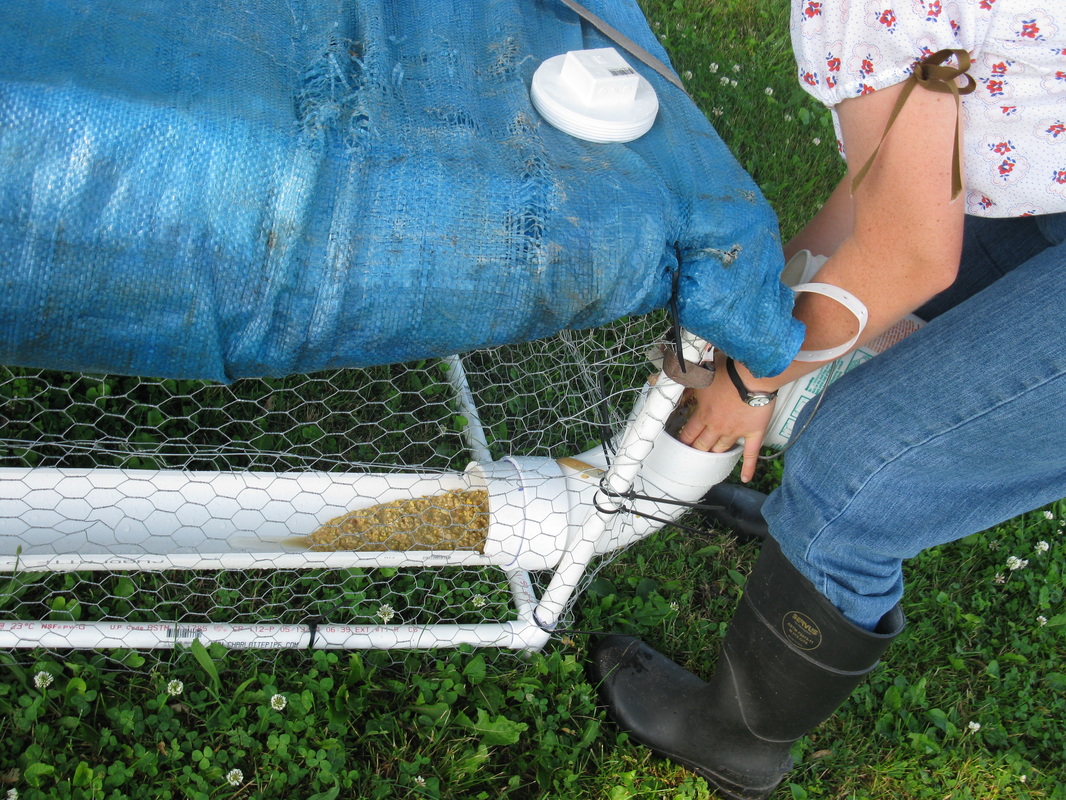



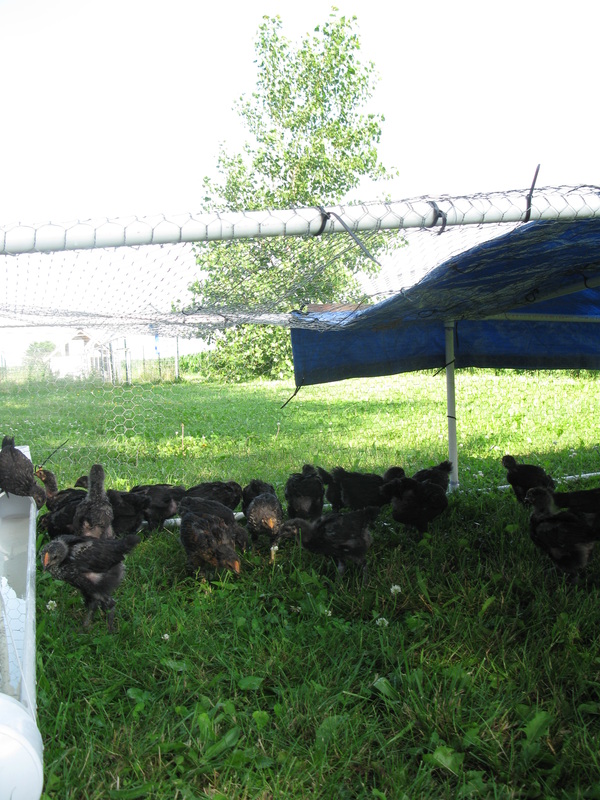
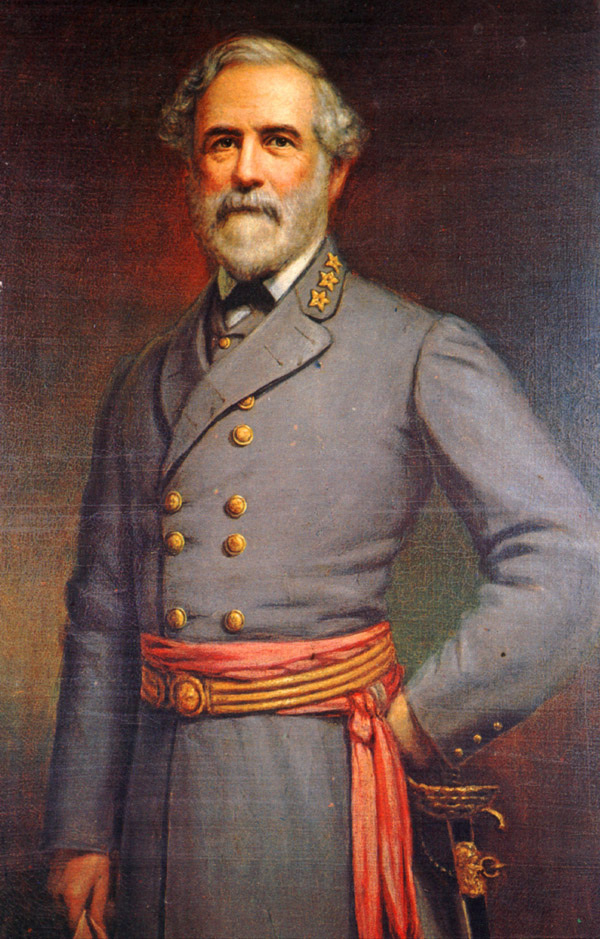
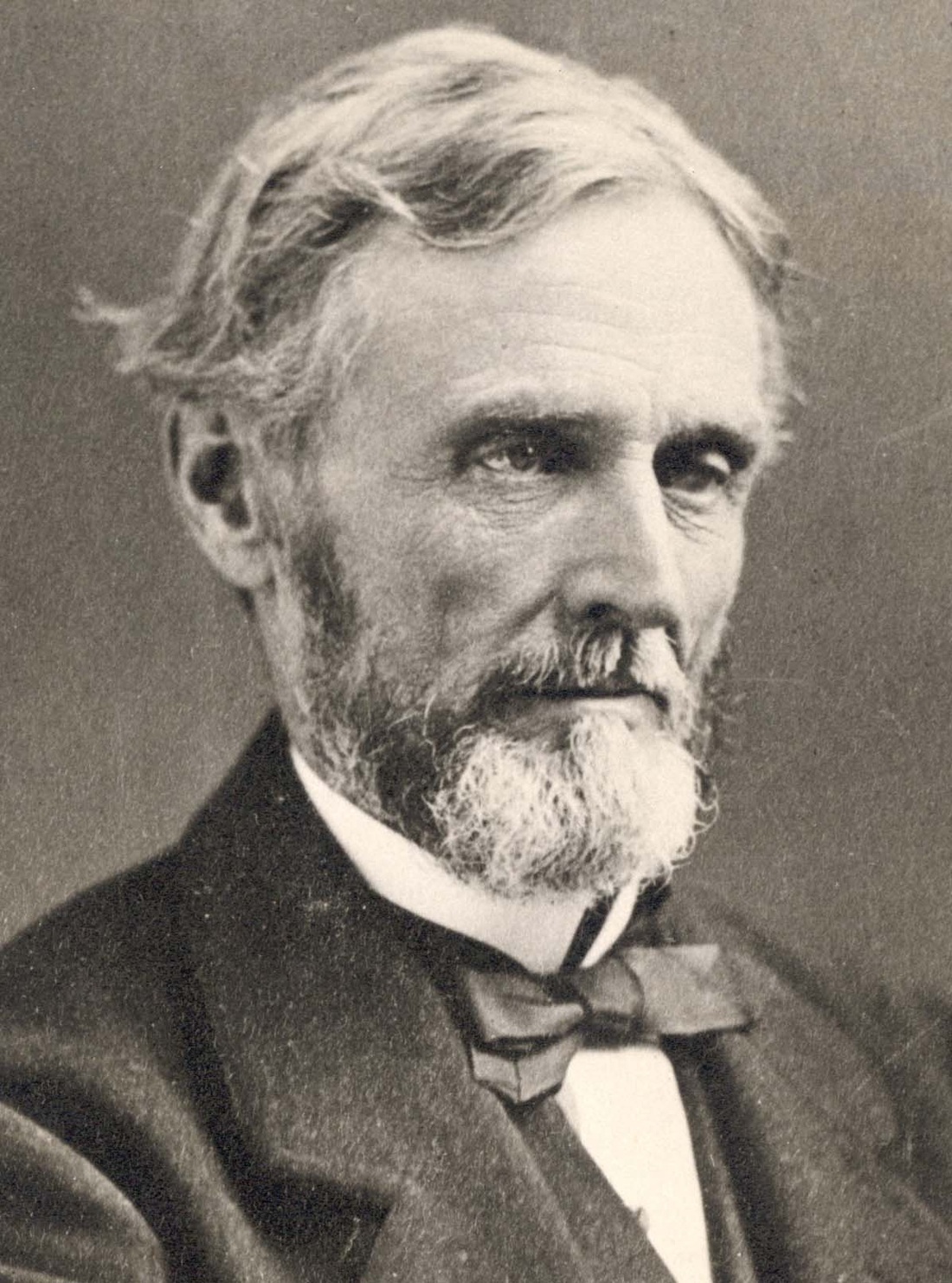
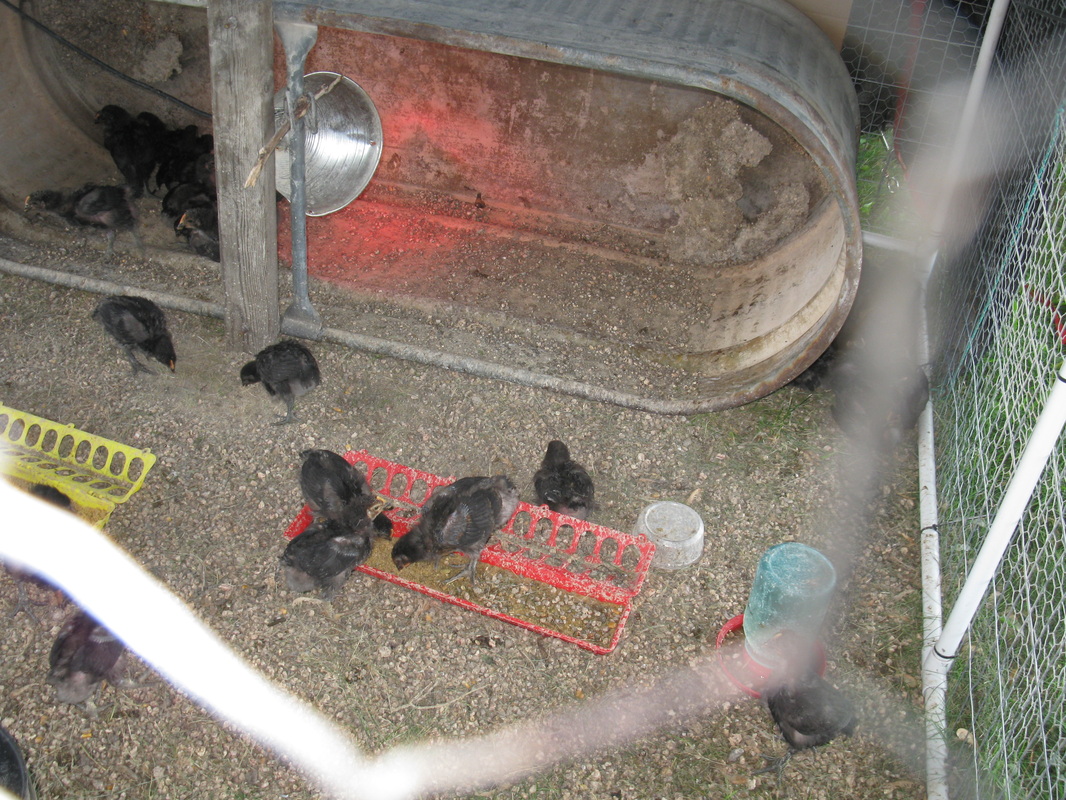

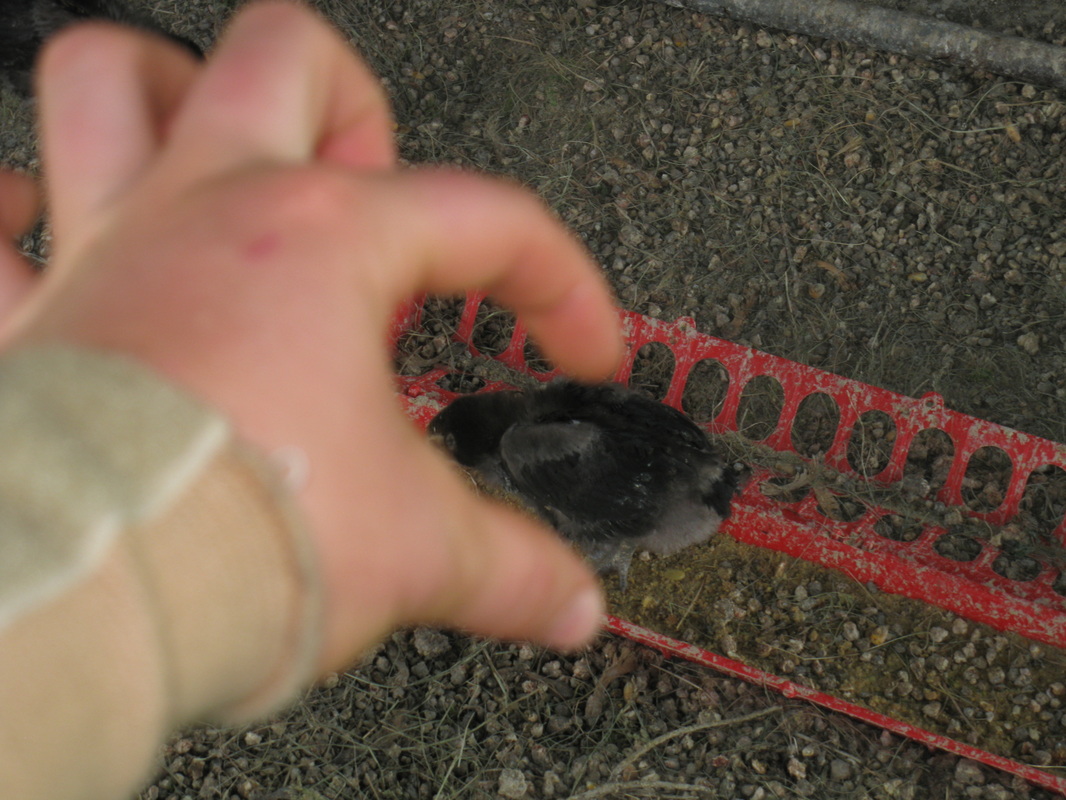
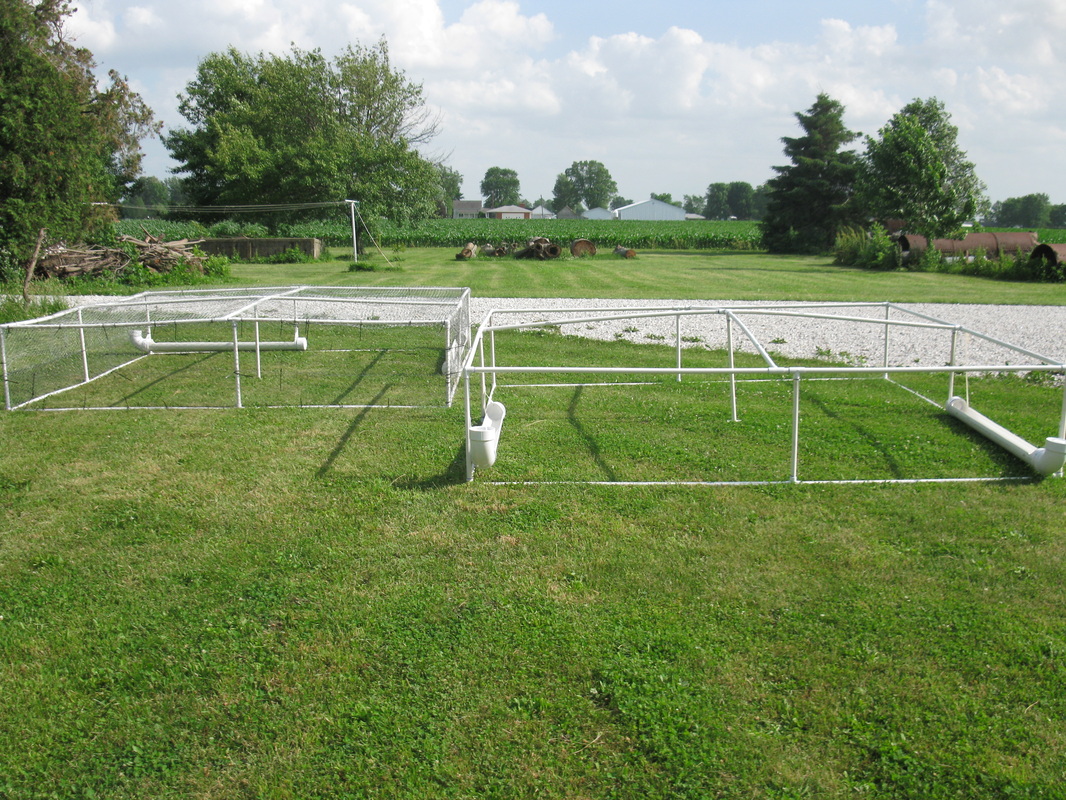



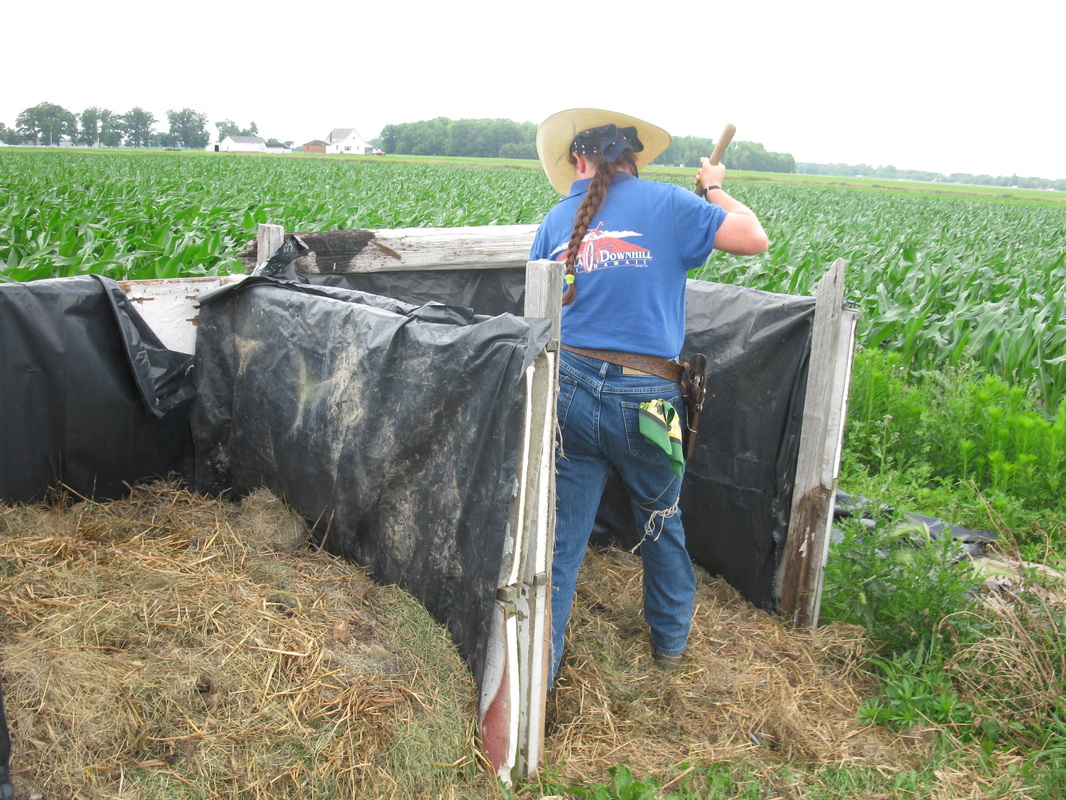
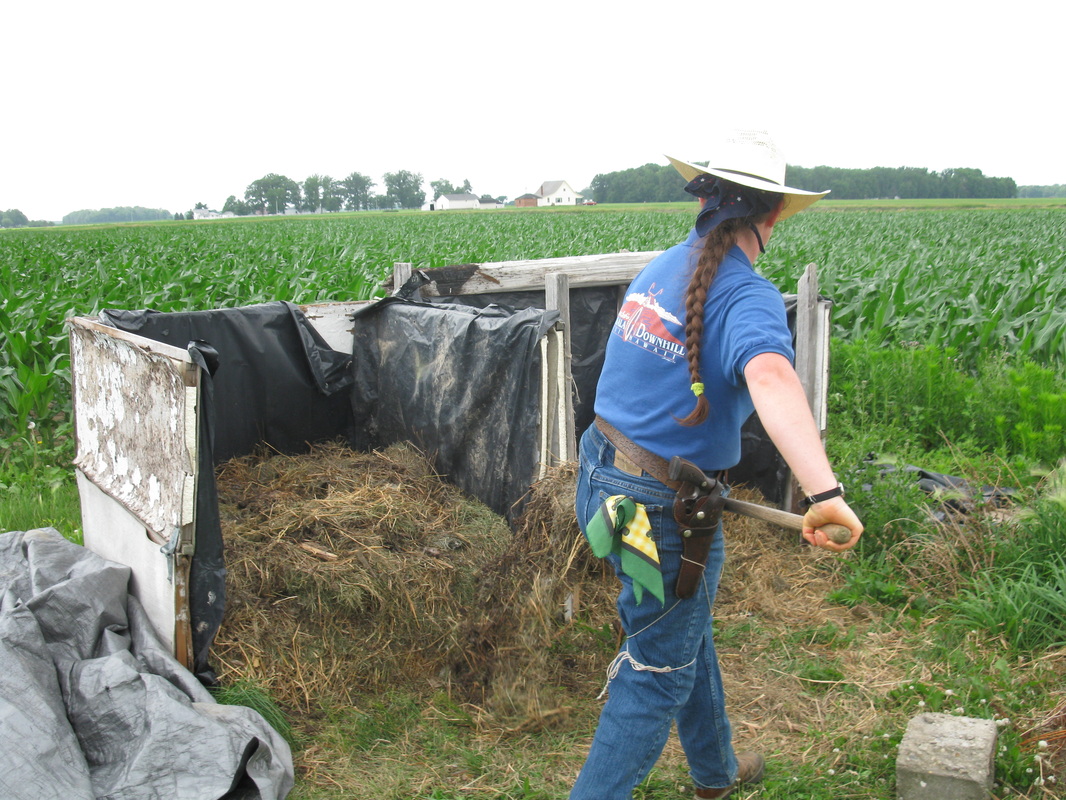


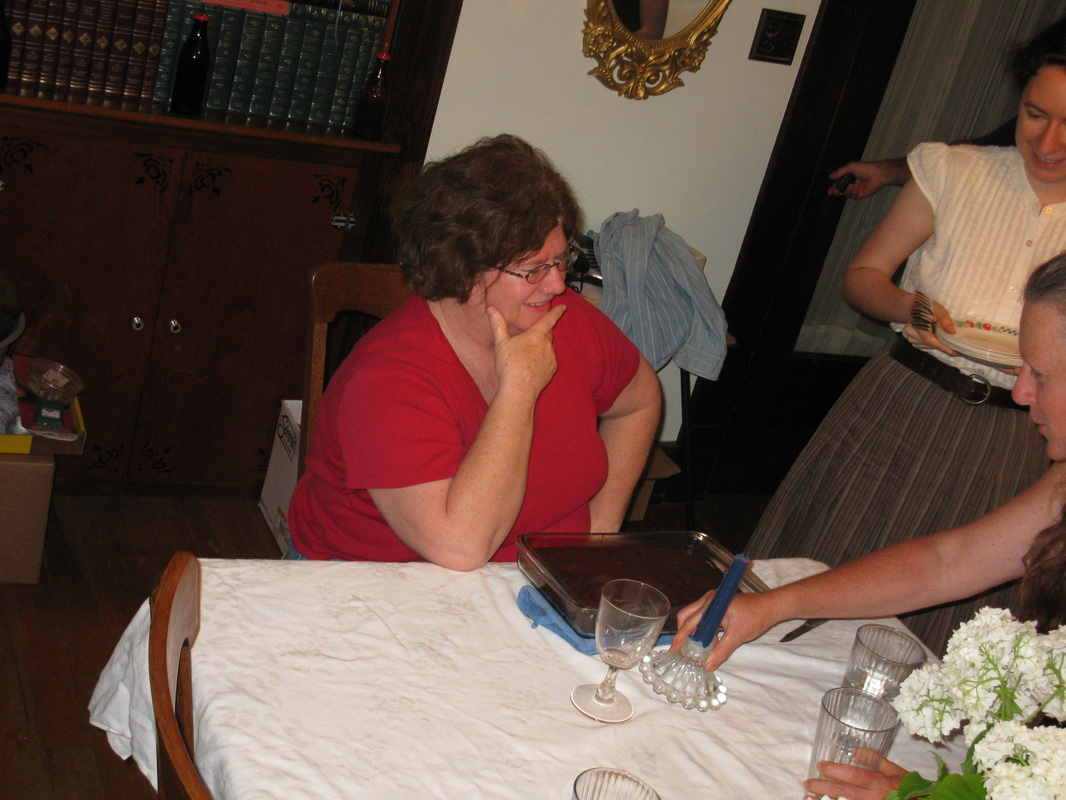
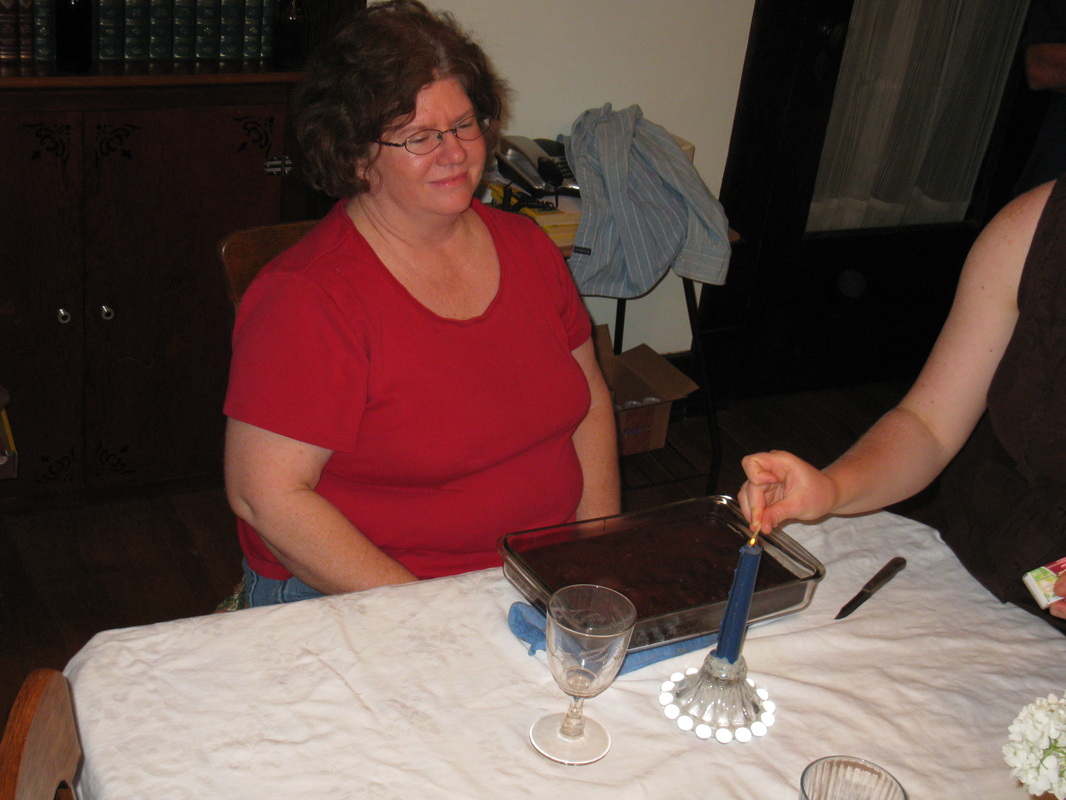
































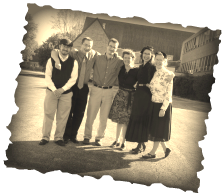
 RSS Feed
RSS Feed



